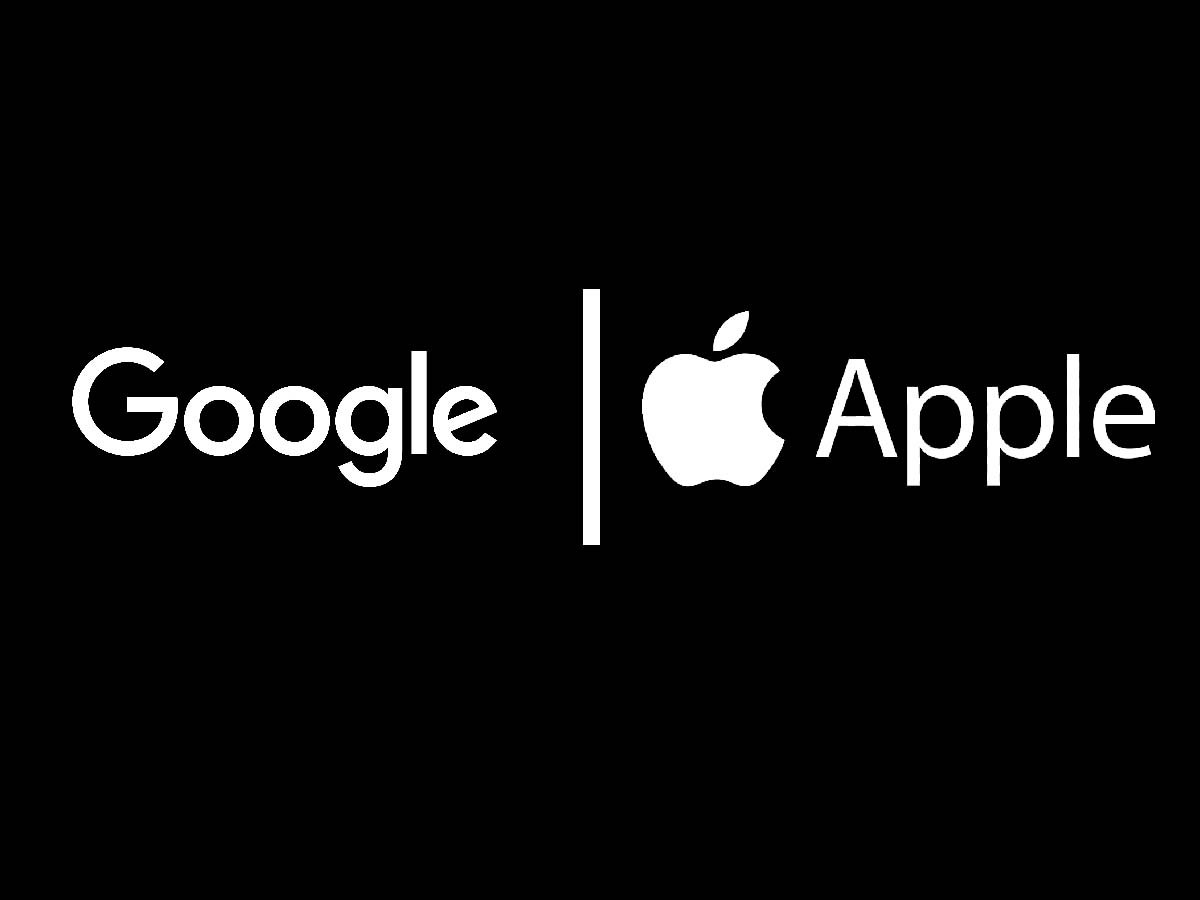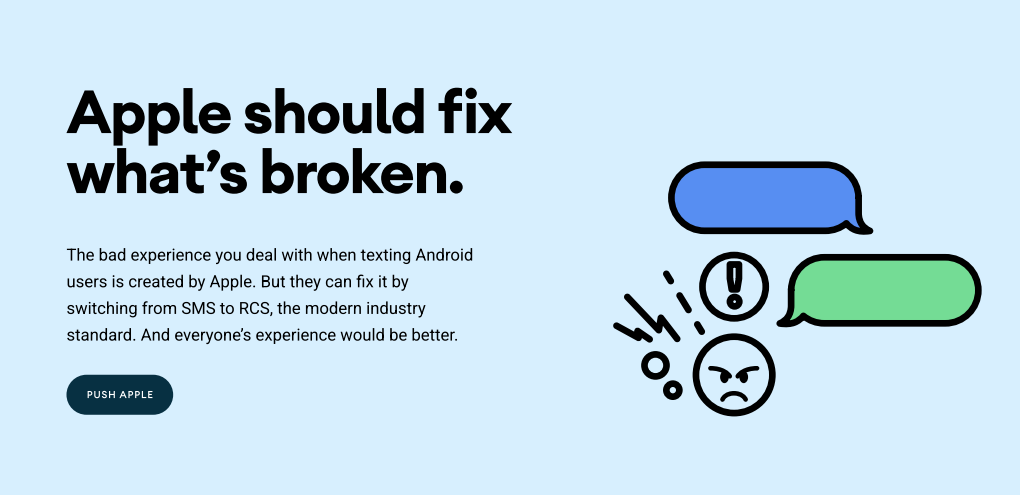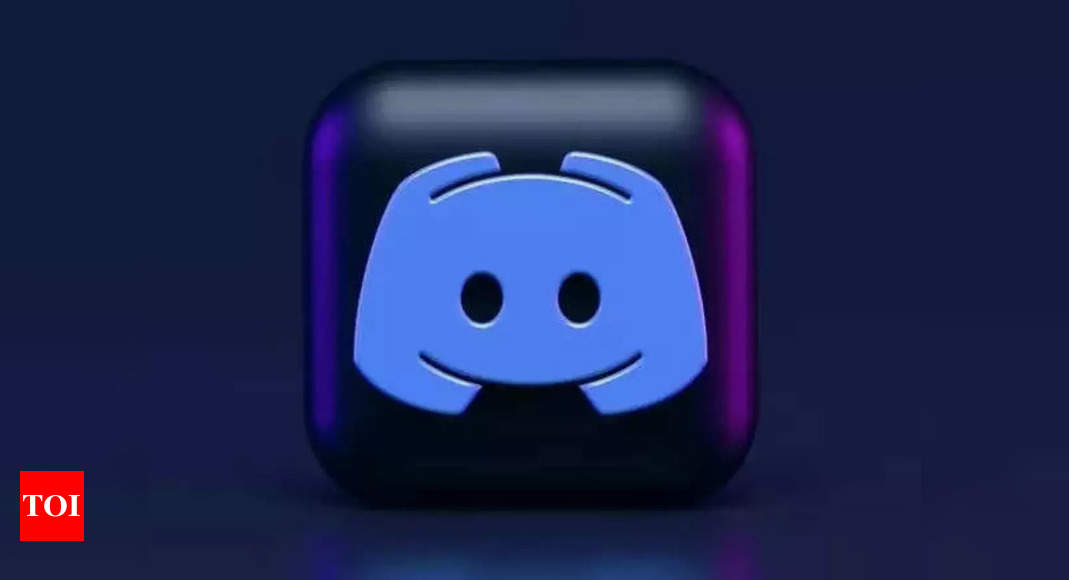Michael Calor: No, because I don’t have a folding phone. I only have a regular, old, nonfolding Pixel.
Lauren Goode: And you call yourself a tech editor.
Michael Calor: Yes, several people call me a tech editor.
Lauren Goode: I guess my question is, is anyone actually using folding phones?
Michael Calor: Sometimes, I see one in the wild and then it turns out that the person who’s holding it just works at Samsung.
Lauren Goode: Same. I think I’ve seen one three times in the wild and every time, they’re an employee at Samsung.
Michael Calor: Well, we should talk about the new Samsung devices.
Lauren Goode: Yeah. Speaking of Samsung, let’s get to it.
[Gadget Lab intro theme music plays]
Lauren Goode: Hi everyone. Welcome to Gadget Lab. I’m Lauren Goode. I’m a senior writer at WIRED.
Michael Calor: I’m Michael Calore. I’m a senior editor at WIRED.
Lauren Goode: We’re joined this week by WIRED reviews editor, Julian Chokkattu, who’s joining us from New York City. Hey Julian.
Julian Chokkattu: Hey, how are you?
Lauren Goode: Is Tobu the dog around as well?
Julian Chokkattu: No, I had to kick him out of the room because you never know when he’s going to start barking.
Lauren Goode: Well, he’s welcome anytime. Let’s just talk about cats and dogs this episode. What do we say?
Michael Calor: Sure.
Lauren Goode: Esta bien. Well, it’s been a while since we’ve talked about Samsung and Android, but this week, Samsung hosted its annual Unpacked event, which is a smartphone launch event. These are usually loud, hyped-up events that are supposed to get everyone excited about the latest new thing. Since Samsung is one of the world’s biggest smartphone makers, we tend to pay close attention to this because its design decisions are often a leading indicator of what we might see in upcoming phones.
But in recent years, Samsung has really been hyping up foldable phones, which is something that really hasn’t been embraced by the mass market yet. And then, some of the other stuff that Samsung showed off this week, like your smart watches and earbuds, don’t exactly feel new. So, we asked Julian to join us and break down what is actually new, and then in the second half of the show, we’re going to talk about Android. But first, Julian, bend our ears, please. See what I did there?
Michael Calor: And it is.
Lauren Goode: Bending. Folding.
Michael Calor: Yes, I got that.
Lauren Goode: Great. Start with the foldables. What do we need to know?
Julian Chokkattu: They’re not that different from last year’s phones. The biggest changes here are actually that Samsung has made the hinge smaller and they’ve overall reduced the footprint. Just generally, they are bit more compact devices, which is important, and these are the iterations that we’ve been seeing year over year since 2019, since they started coming out with these foldables. There’s the Flip 4, which is a traditional smartphone that you can fold in half like a compact mirror almost. Really nice if you hate large phones. And then there’s the Fold 4, which is like a normal smartphone that you can then open up into a larger book, so you get a larger screen on the inside and gives you a bit more of a tablet experience.
.





